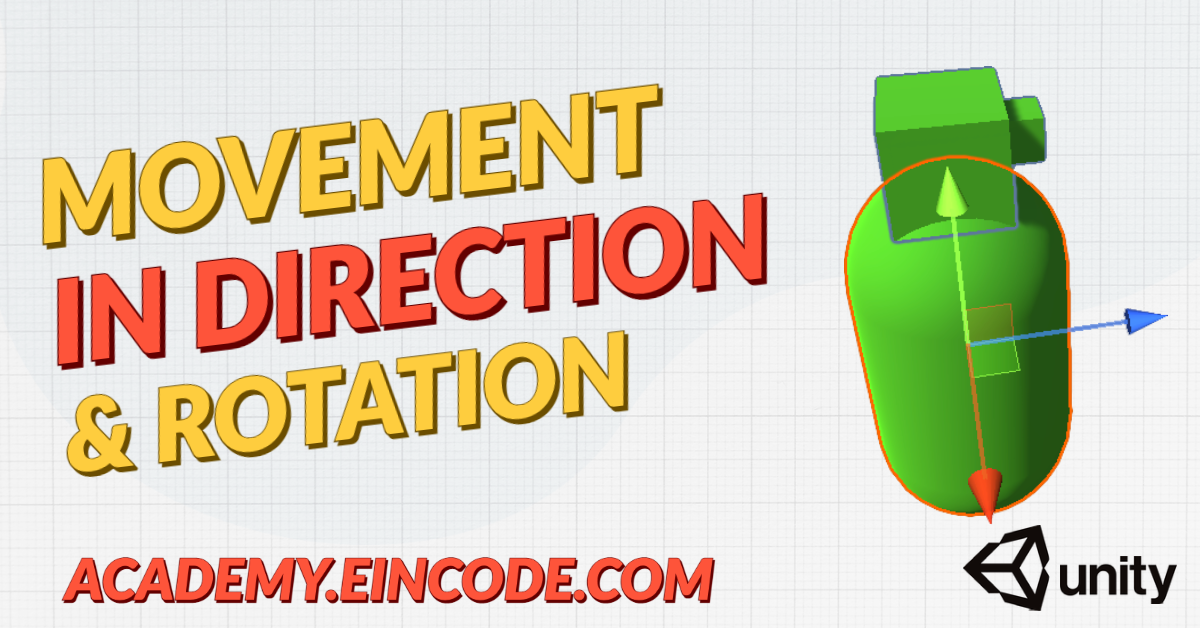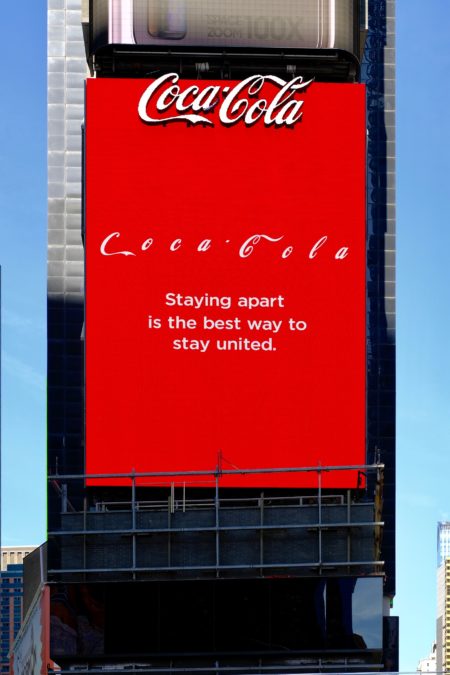Unity Direction
Facing direction of your player can be found by looking at the transform.rotation and as you seem to only be looking left and right you would use transform.rotation.y to check the y axis of your player (assuming the script is attached to your player). Then, you can set transform.forward to the move direction. Also, as derHugo mentioned below in a comment, you should. Avoid using exact equality to compare floats. Instead use Mathf.Approximately or use your own threshold like below. The principle of unity of direction is one Henri Fayol's 14 administrative principles. In this lesson, we will discuss what the principle is, the concepts behind it, and why it is important.
| Unity of direction | |
|---|---|
| See also | |
Unity of direction this principle is expressed as: one head and one plan for a group of activities having the same objective. It is the condition essential to unity of action, co-ordination of strength and focusing of effort. A body with two heads is in the social as in the animal sphere a monster, and has difficulty in surviving. Unity of direction (one head one plan) must not be confused with unity of command (one employee to have orders from one superior only). Unity of direction is provided for by sound organization of the body corporate, unity of command turns on the functioning of the personel. Unity of command cannot exist without unity of direction, but does not flow from it. (H. Fayol, 1949, 25-26).
Unity of Command Vs. Unity of direction

The principle of unity of direction implies that there should be ”one head and one plan for a group of activities having the same objective”. In other word, each group of activities having the same objectives must have one plan of action and must be under the control of one manager or superior. An organisation or group having different plans and more than one head cannot achieve the desired results.
The principle of unity of command should not be confused with the principle of unity of direction as both do not mean the same thing. The principle of unity of command is concerned with functioning of people while unity of direction is related to the activities. There can't be unity of command with unity of direction, but there may be unity of direction with unity of command.(R.J.Reddy, 2004, 5).
Unity Direction Vector
Hierarchical organisational structure based on division of labour
The founder of classical mamagement theory is generally regarded as being Henri Fayol. According to him, management consisted of five elements, namely:
- forecasting and planning,
- organising,
- commanding,
- coordinating,
- controlling.
Linked to these elements, Fayol evolved fourteen principles of management and organisation. There are:
- Division of labour.
- Authority.
- Discipline.
- Unity of command.
- Unity of direction.
- Subordination of individual interest to the general interest.
- Remuneration.
- Centralisation or decentralisation.
- Scalar chain (lateral communication is also important).
- Order.
- Equity.
- Stability of tenure.
- Initiative.
- Esprit de corps (regard for the interests and honour of the organisation).
Division of labour results in specialisation, which in turn allows the individual to build up expertise and thereby be more productive. A hierarchy is necessary for unity of direction of workers. Max Weber studied bureaucracies and argued that hierarchical organisations are structured so that order, discipline, and command could be understood by all. They are usually also highly centralised so that major decisions would be issued through a chain of command from the top down to the bottom. When the hierarchy refers to management it refers to the number of levels of management and the number of managers at each level, as they are ranked into an order whereby fewer mangers are at senior levels and more are at middle of first-line management levels.
Autocratic leadership style.This is characterised by a leader who exerts a large degree of control over a group and allows little, if any, participation from group members. Communication with this style of leadership is downward from management with very little worker feedback. (L.Fleming, 2006, 9).

Unity of direction
Unity of direction is a concept in team management that assumes that all the team members should share the same objectives in order to work toward common results, using one plan.

Every person has own objectives. Every employee is asked to adopt company objectives. Every team member is asked to adopt team objectives. Every person can have own objectives related to involvement in the team. These groups of objectives usually are not fully compatible. In case of clash, individual has to choose which objectives should be achieved.
Atomic number of manganese. The unity of direction assumes that in case of clash, every team member will choose team objectives as the most important. In order to achieve unity of direction the team should be properly created (team is more than group of random people) and trained.
Unity Transform Direction
References
- Costa, A. C., (2015), Work team trust and effectiveness, Personnel review, 32(5), 605-622.
- Fayol H., (1949), General And Industrial Management, Topcs C-DAC, 25-26.
- Fleming L., (2006), Excel HSC Business Studies, Vivienne Petris Joannou, 9.
- Hambley, L. A., O’Neill, T. A., & Kline, T. J., (2007). Virtual team leadership: The effects of leadership style and communication medium on team interaction styles and outcomes, Organizational behavior and human decision processes, 103(1), 1-20.
- Opie, A. (2000). Thinking teams, thinking clients: Knowledge-based teamwork, New York: Columbia University Press, 305.
- Reddy R.J., (2004), Management Process, APH Publishing Corporation, 5.
Unity Direction Between Two Points
Author: Danuta Korzeniak

